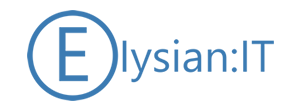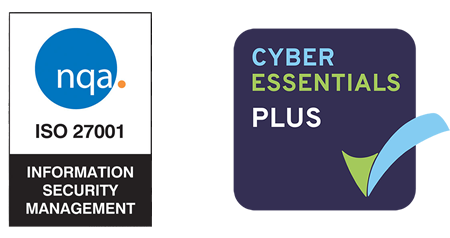Digitisation
- Faster informational access
- Historical data access for trend analysis
- Permanent availability
Digitalisation
As you’ve probably guessed, Digitisation and Digitalisation are closely related. Unfortunately, unlike Digitisation, Digitalisation doesn’t have a single, clear definition. But Digitalisation is broadly accepted as referring to the conversion of processes, workflows or interactions into their digital equivalents. And because all organisational processes and interactions involve people in some way, it’s possibly more accurate to say that Digitalisation is the reorganisation of these organisational activities around digital technologies.
As a result, Digitalisation means putting the digitised information to work. It’s about using digital technologies, such as the Power Platform, and data to improve organisational processes, build a digital culture and mature the operational model. The idea is to put digital information at the core of organisational processes.
As a result, Digitalisation may contribute to a change in organisational models, as new technologies provide access to ways of operating that were previously unavailable. Efficiency gains may also be possible, through improved accuracy of work leading to better utilisation of resources and greater profitability.
Digitalisation enables better visibility of organisational performance through real-time data capture and reporting, and this improvement in the quality of data enables decisions to be made more quickly and with greater accuracy. All leading to cost efficiencies.
Benefits:
- Efficiency & productivity gains
- Improved decision-making
- Employee empowerment
- Enhance visibility
- Facilitate focus transition from operation to innovation
You’ll no doubt be thinking that there is an evolving relationship in our 3D’s of IT, as much as Digitisation has to proceed Digitalisation, and you might have already taken the next step in assuming that Digitalisation leads to Digital Transformation.
What is Digital Transformation?
Certainly, access to digitised information is at the core of digitalisation initiatives. However, Digitalisation doesn’t go as far as changing business models or creating new types of organisations. It’s more about keeping on doing what you’re doing but being faster and better at it because the data is freed up.
Digitisation and Digitalisation can be seen as the first steps on a Digital Transformation journey. Understanding the difference between these concepts is vital to creating a viable Digital Transformation strategy, establishing where your organisation currently is on this journey, and harnessing the opportunities brought about by these processes individually.
Digital Transformation is broader than that, it is more than simply applying existing technology to your existing organisation and in fact, many Digitalisation projects can and do arise out of your Digital Transformation journey.
Digital Transformation requires an organisation to deal better with change overall, essentially positioning organisations to become agile, setting them up to swiftly detect, respond, and adapt to changes in their operating environments.
In reality, the overall goal of Digital Transformation is to increase the productivity, creativity and empowerment (decision-making, connectivity, collaboration, communication, innovation, and augmentation) of employees, and it’s not just about technology… but that’s a good starting point!




